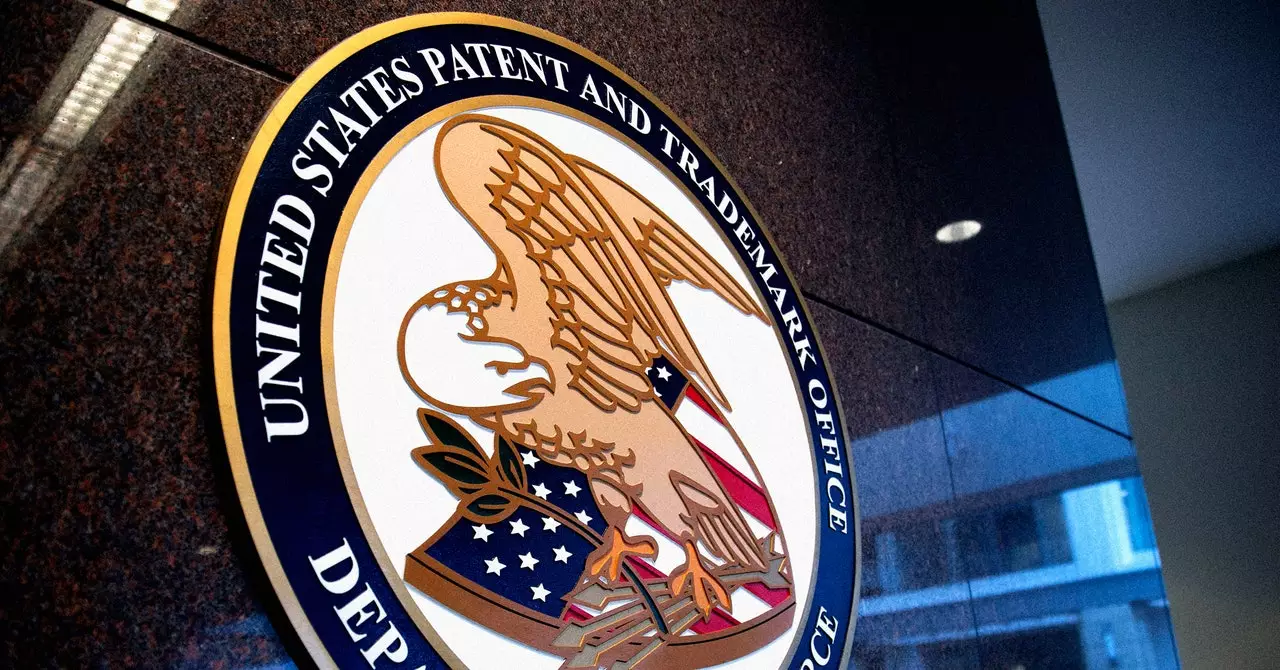The implementation of generative artificial intelligence (AI) within governmental organizations is a double-edged sword. On one side, the potential benefits are transformative; on the other, the risks are substantial. The US Patent and Trademark Office (USPTO) serves as a case study for the cautious approach being adopted by many government entities as they grapple with the evolving landscape of technology.
In a recent internal guidance memo, the USPTO prohibited the use of generative AI tools outside of controlled environments, citing significant security risks and ethical implications. The memo highlighted the challenges associated with bias, unpredictability, and the potential for malicious behavior that are often embedded in generative AI systems. Such concerns are justified, particularly in an organization tasked with safeguarding intellectual property. The implications of relying on AI technology that could generate biased or erroneous outputs lightly can compromise the integrity of patent applications and trademark registrations, leading to significant financial and legal ramifications.
Jamie Holcombe, the chief information officer of the USPTO, acknowledged these complexities but also highlighted the agency’s commitment to innovation. He argued that while embracing the technological advancements that generative AI offers is essential, it must be done judiciously and responsibly. This stance is indicative of a larger trend among governmental agencies wherein the enthusiasm for innovation is tempered by the necessity for security and ethical standards.
The USPTO’s strategy of permitting the use of generative AI solely within an internal testing environment illustrates a cautious yet constructive approach. Employees can explore AI capabilities, prototype solutions for relevant operational needs, and develop insights—albeit within a framework that mitigates risks. By restricting the application of generative AI to these controlled parameters, the USPTO aims to foster innovation while ensuring compliance with security protocols.
Interestingly, the agency has permitted the use of certain approved AI programs, particularly those associated with their patent database. This reflects a recognition that, despite the complexities and risks of generative AI, there are legitimate applications that can enhance productivity and efficiency. A case in point is the USPTO’s recent $75 million contract with Accenture Federal Services to augment its patent database with AI-driven search features—a decision signaling a move towards integrating advanced technologies into its operational framework.
The journey towards incorporating AI into government operations is fraught with bureaucratic challenges. Holcombe has openly critiqued the rigidity of government processes that slow down the adoption of transformative technologies. This slower pace, compared to the private sector, is primarily due to stringent budgeting, procurement, and compliance protocols that necessitate a careful balancing of innovation with accountability and oversight.
Such barriers are not unique to the USPTO. Other government agencies have faced similar dilemmas regarding the use of generative AI. The National Archives and Records Administration has imposed a ban on tools like ChatGPT for certain uses, while also paradoxically encouraging the exploration of generative AI’s capabilities in different contexts. This juxtaposition reflects a broader internal struggle many governmental organizations face: navigating the tightrope of innovation and security while still being open to technological advancements.
As more government agencies begin to explore the potential of generative AI, the approach will likely vary significantly based on mission objectives, operational needs, and risk assessments. NASA, for instance, has implemented strict guidelines that limit the use of AI chatbots for sensitive data while simultaneously experimenting with AI for less critical tasks like coding and research summarization. This reflects a nuanced view, understanding that while generative AI can enhance certain operations, it needs to be deployed with caution in contexts where sensitivity is paramount.
In the rapidly evolving landscape of technological advancements, striking an appropriate balance between embracing innovation and safeguarding against its inherent risks remains an ongoing challenge. The USPTO’s current stance serves as a pertinent reminder that the journey toward integrating generative AI is not merely about adopting new tools. Rather, it involves a complex interplay of ethical considerations, security protocols, and bureaucratic pragmatism that must be navigated carefully for meaningful advancements to be realized. As generative AI continues to develop, the dialogue surrounding its place in government will undoubtedly evolve alongside it, framing a future where innovation and accountability can coexist.

